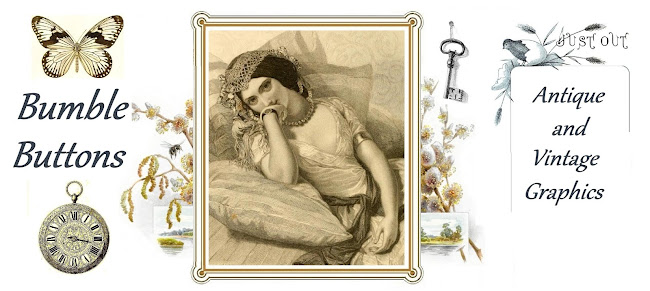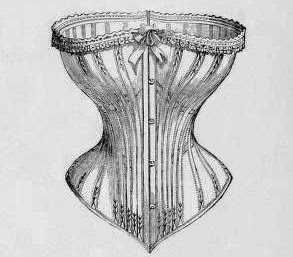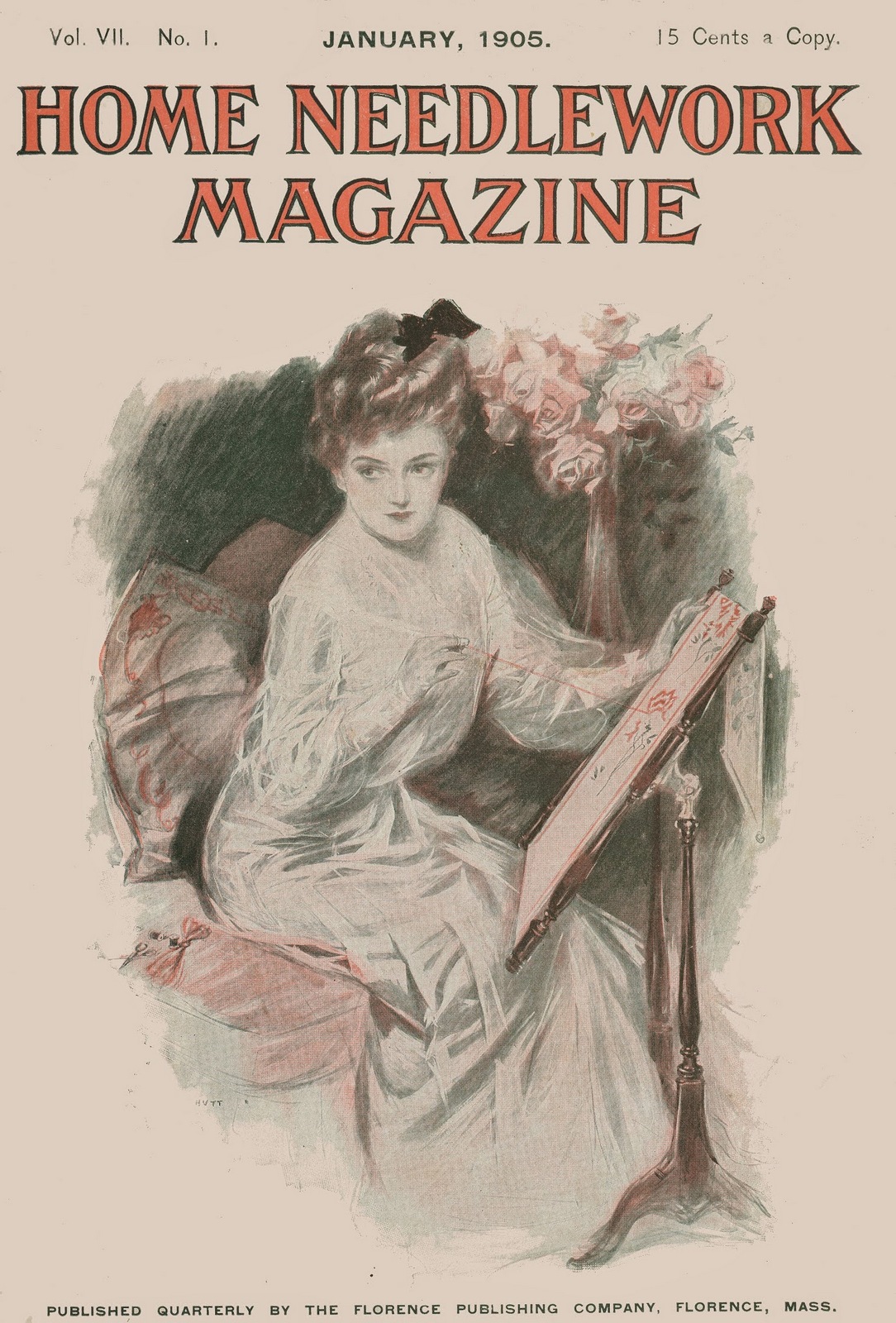What Price Beauty? The Corset!
Hello everyone. My dear friend Louise
and I recently took a break from playing with buttons and enjoyed an
evening poring over a stack of Home Needlework Magazines from the
turn of the twentieth century.
The magazines are full of embroidery,
beadwork, and lace patterns, with a wonderful array of images of
clothing from that period
Of course, you can’t help but notice
the unnatural shape of the women. After all, what lady of the time
would be caught out without her corset tightly laced?
Our discussion of the fashions of that
time period reminded Louise of a wonderful little book about corsets
called “The Corset and the Crinoline: A Book of Modes and Costumes
From Remote Periods to the Present Time” (1868) by W.B.I.,
available online at archive.org.
The book presents a somewhat dubious
history of the corset, but contains a few noteworthy descriptions of
attitudes towards that garment and other modes of dress.
“From periods of very remote
antiquity, and with the gradual increase of civilization, much
attention appears to have been paid to the formation and cultivation
of the female figure, and much the same means were had recourse to
for the achievement of the same end prior to 560 B.C. as in the year
1868. Terentius, the Roman dramatist, who was born in the year 560,
causes one of his characters, in speaking of the object of his
affections, to exclaim ---
‘This pretty creature isn’t at all
like our town ladies, whose mothers saddle their backs and straitlace
their waists to make them well-shaped. If any chance to grow a little
plumper than the rest, they presently cry, ‘She’s an hostess,’
and then her allowance must be shortened, and though she be naturally
fat and lusty, yet by dieting she is made as slender as a broomstick.
By this means one woodcock or another is caught in their springe.’
”
The author quotes Philip Stubbs (1585)
discussing the dress of the Elizabethan period:
…Some are wrought with open worke
downe to the midst of the ruffe, and further, some with close worke,
some with purled lace so cloied, and other gewgaws so pestered, as
the ruffe is the least part of itselfe. Sometimes they are pinned upp
to their eares, sometimes they are suffered tohange over theyr shoulders, like
windemill sailes fluttering in the winde; and thus everyone pleaseth
her selfe in her foolish devises.”
The following is one of my favorites
from the book:
“These privie coats by art made
strong
With bones, with paste, with such like
ware,
Whereby their back and sides grow long,
And now they harnest gallants are;
Were they for use against the foe
Our dames for Amazons might go.”
“The Corset and the Crinoline” is
primarily an argument for the wearing of corsets. The author seems
to encourage mothers to lace their girls up as early as seven years
of age, and attempts to refute the claims made by the physicians of the
time that the corset might be injurious to health by quoting
testimonials from a current women’s magazine. The male of the
species is not left out of the debate, and there are several men who
chime in with their own experience of being laced.
I hesitate to whole-heartedly recommend
the text of the little book, but it is an interesting (albeit
one-sided) discussion of a major fashion item of the past, as well as
being a treasure trove of old graphic images.
Thanks for
visiting Bumble Button. I hope your enjoyed my small contribution to
Louise’s wonderful site.
Much love to all,
Marie











